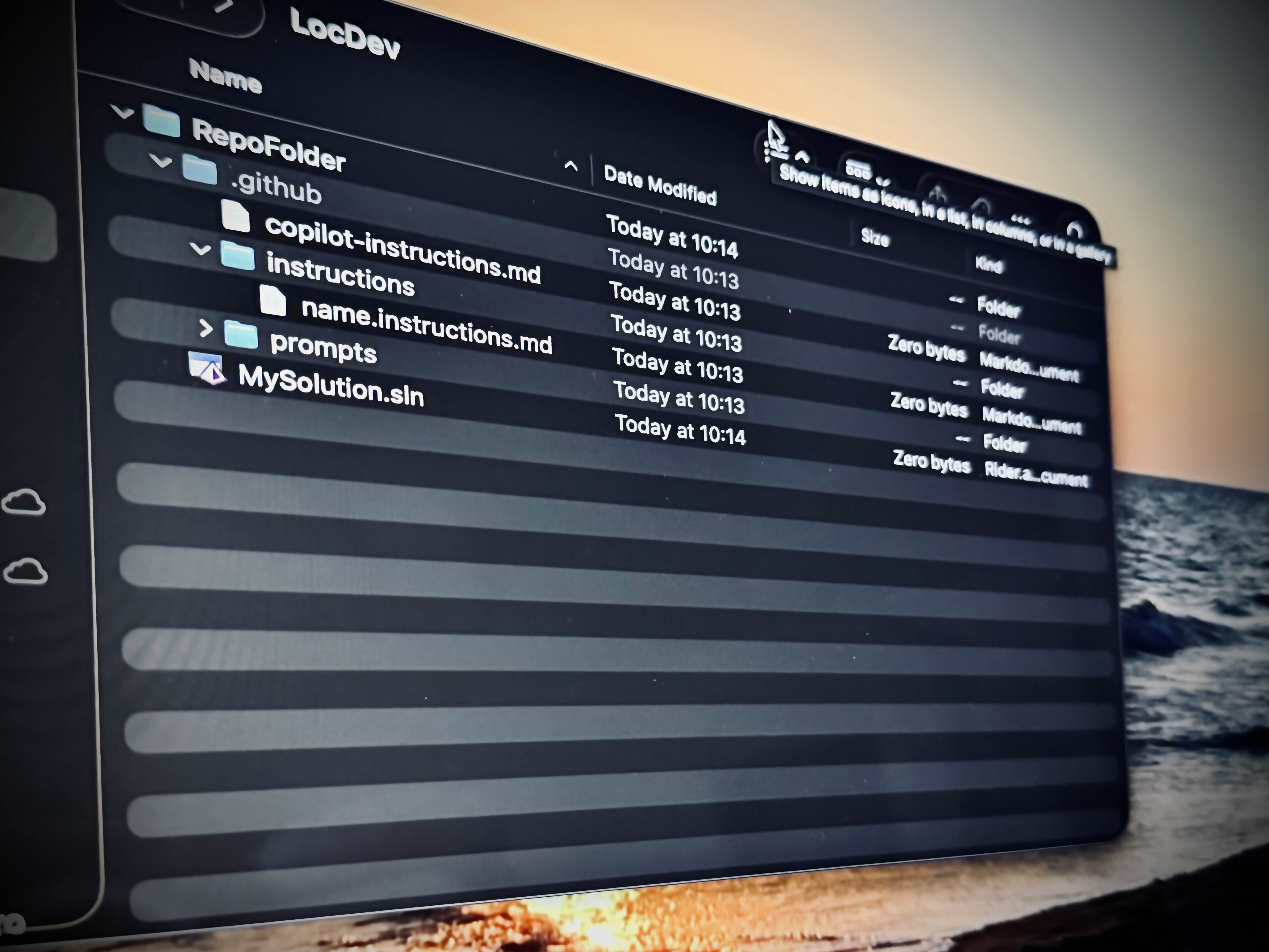
My Journey to Passing the B1 Certification for Italian as a Foreign Language
In October, I took the CERTIFICAZIONE DI ITALIANO L2 DI LIVELLO B1 DEL CONSIGLIO D’ EUROPA exam from the Università Roma Tre. It was the final point of a few months of consistent study, daily pract...







